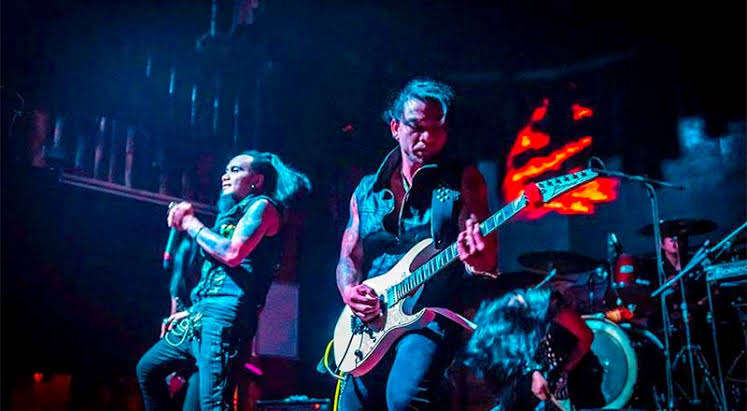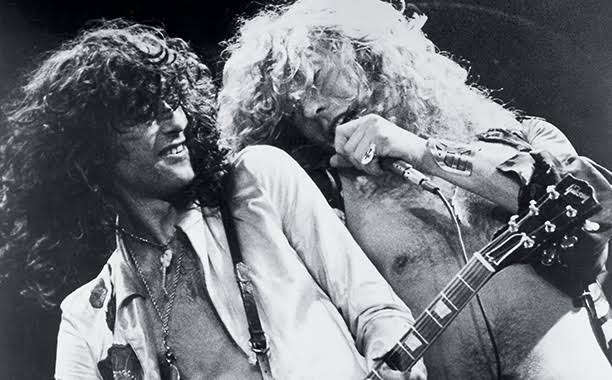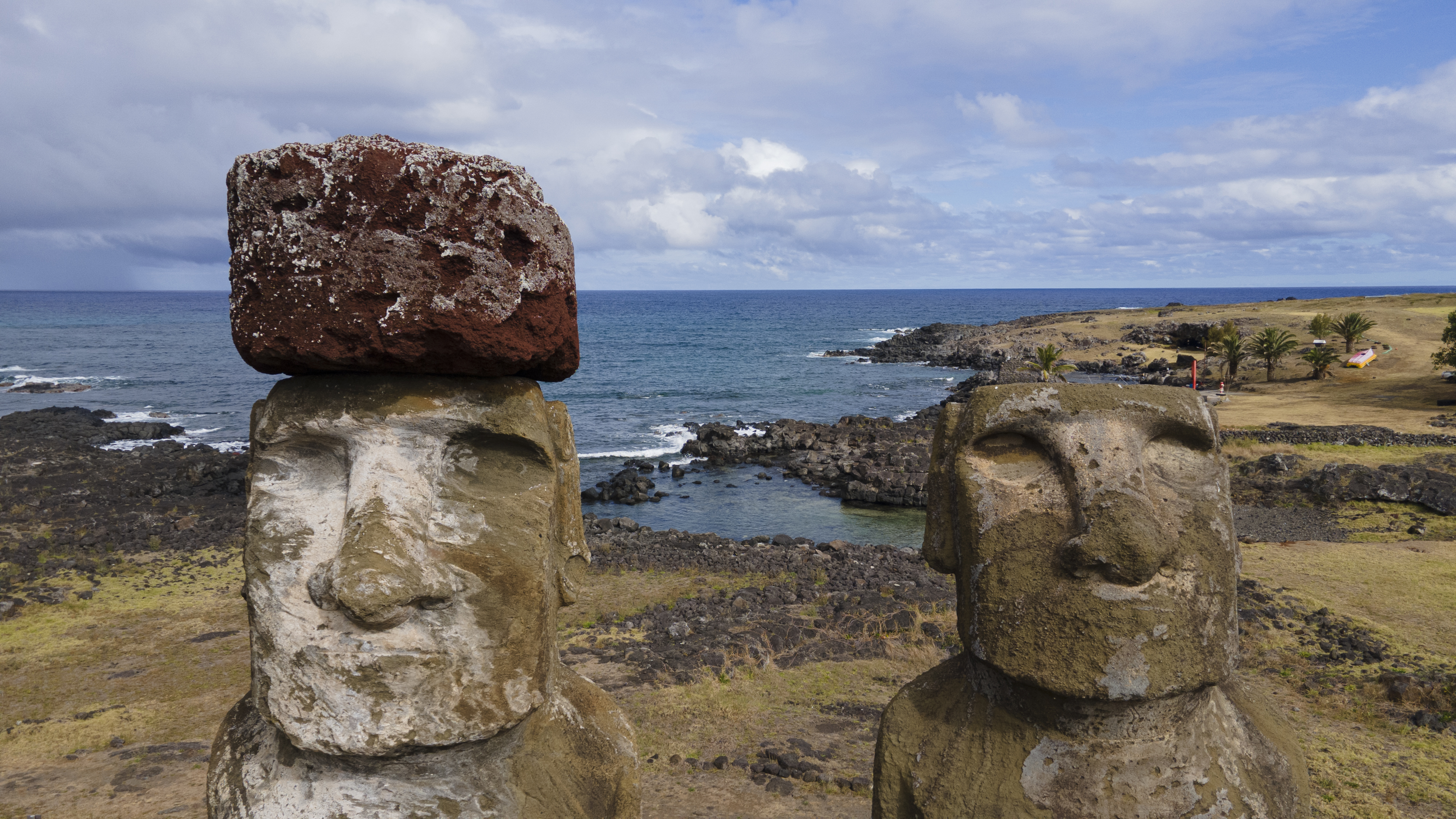
Rising sea levels could push powerful seasonal waves into Easter Island’s15 iconic moai statues.
By the end of the century, rising sea levels could push powerful seasonal waves into Easter Island’s15 iconic moai statues, according to a new study published in the Journal of Cultural Heritage.
About 50 other cultural sites in the area are also at risk from flooding.
“Sea level rise is real,” said Noah Paoa, lead author of the study and a doctoral student at the University of Hawaii at Manoa’s School of Ocean and Earth Science and Technology. “It’s not a distant threat.”
READ MORE: The crucial factor that could soon cost every Aussie $14,000 a year

Paoa, who is from Easter Island — known to its Indigenous people as Rapa Nui — and his colleagues built a high-resolution “digital twin” of the island’s eastern coastline and ran computer models to simulate future wave impacts under various sea level rise scenarios.
They then overlaid the results with maps of cultural sites to pinpoint which places could be inundated in the coming decades.
The findings show waves could reach Ahu Tongariki, the largest ceremonial platform on the island, as early as 2080.
The site, home to the 15 towering moai, draws tens of thousands of visitors each year and is a cornerstone of the island’s tourism economy.
READ MORE: The crucial factor that could soon cost every Aussie $14,000 a year
Beyond its economic value, the ahu is deeply woven into Rapa Nui’s cultural identity. It lies within Rapa Nui National Park, which encompasses much of the island and is recognised as a UNESCO World Heritage site.
The roughly 900 moai statues across the island were built by the Rapa Nui people between the 10th and 16th centuries to honour important ancestors and chiefs.
The threat isn't unprecedented. In 1960, the largest earthquake ever recorded — a magnitude 9.5 off the coast of Chile — sent a tsunami surging across the Pacific.
It struck Rapa Nui and swept the already-toppled moai further inland, which damaged some of their features. The monument was restored in the 1990s.
READ MORE: Australia's favourite supermarket crowned as shopping costs surge
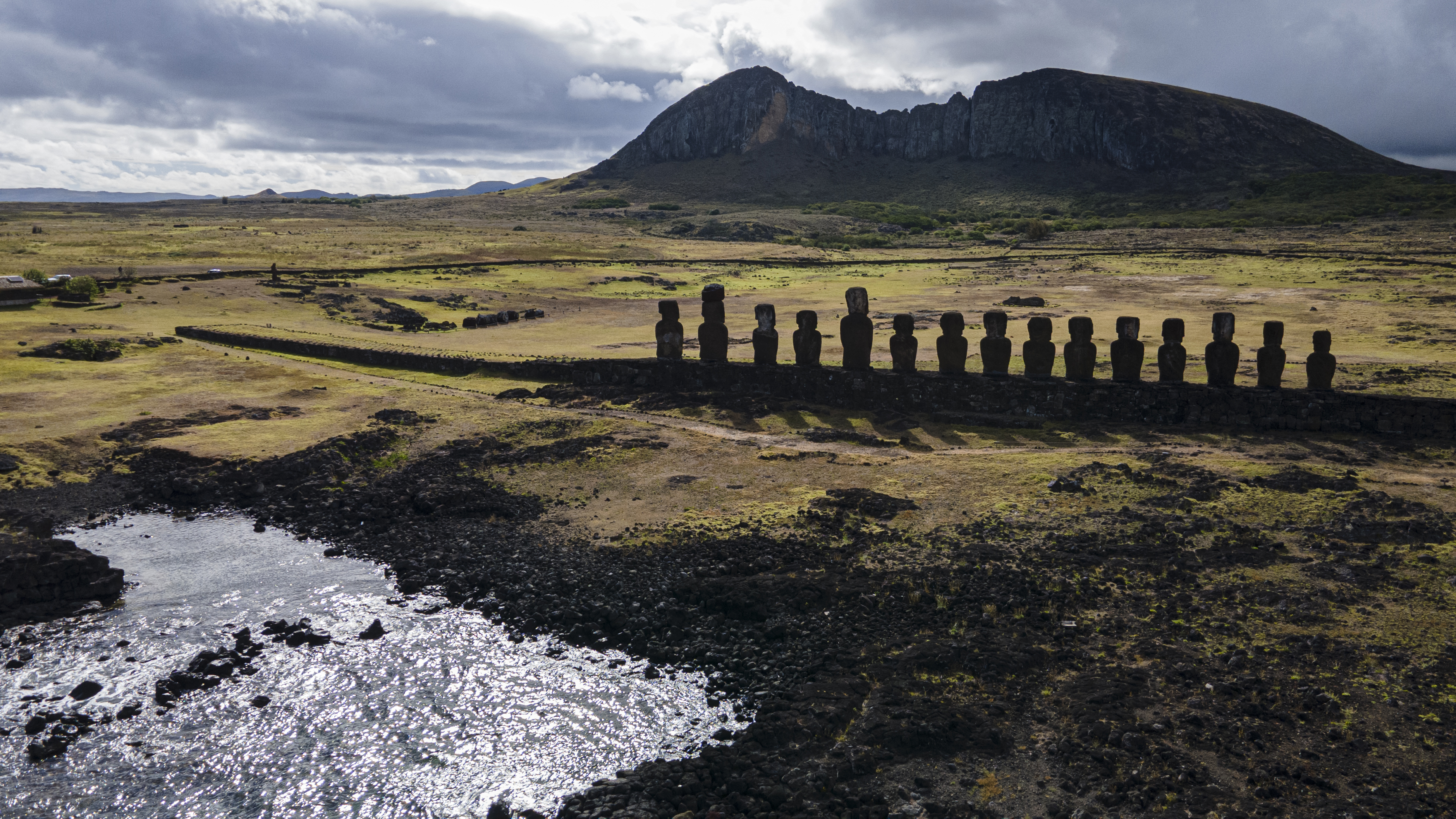
While the study focuses on Rapa Nui, its conclusions echo a wider reality: cultural heritage sites worldwide are increasingly endangered by rising seas. A UNESCO report published last month found that about 50 World Heritage sites are highly exposed to coastal flooding.
In an email to The Associated Press, a UNESCO spokesperson said climate change is the biggest threat to UNESCO’s World Heritage marine sites.
“In the Mediterranean and Africa, nearly three-quarters of coastal low-lying sites are now exposed to erosion and flooding due to accelerated sea level rise.”
Possible defences for Ahu Tongariki range from armouring the coastline and building breakwaters to relocating the monuments.
Paoa hopes that the findings will bring these conversations about now, rather than after irreversible damage.
“It’s best to look ahead and be proactive instead of reactive to the potential threats,” he said.
DOWNLOAD THE 9NEWS APP: Stay across all the latest in breaking news, sport, politics and the weather via our news app and get notifications sent straight to your smartphone. Available on the Apple App Store and Google Play.
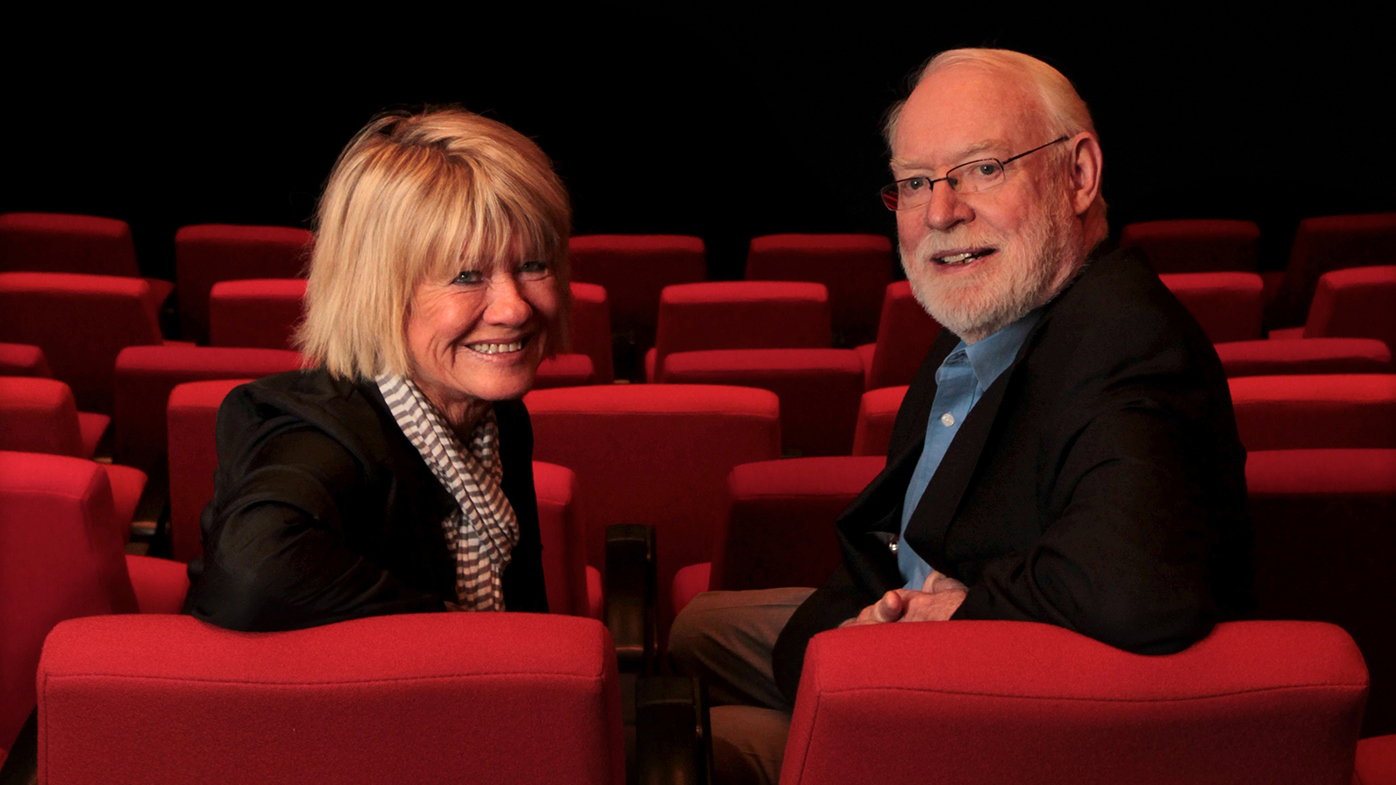 Beloved film critic David Stratton dies aged 85
Beloved film critic David Stratton dies aged 85
 'That's not justice': Serial rapist to walk free in little more than a year
'That's not justice': Serial rapist to walk free in little more than a year
 Kids face accused murderer 31 years after mum died
Kids face accused murderer 31 years after mum died
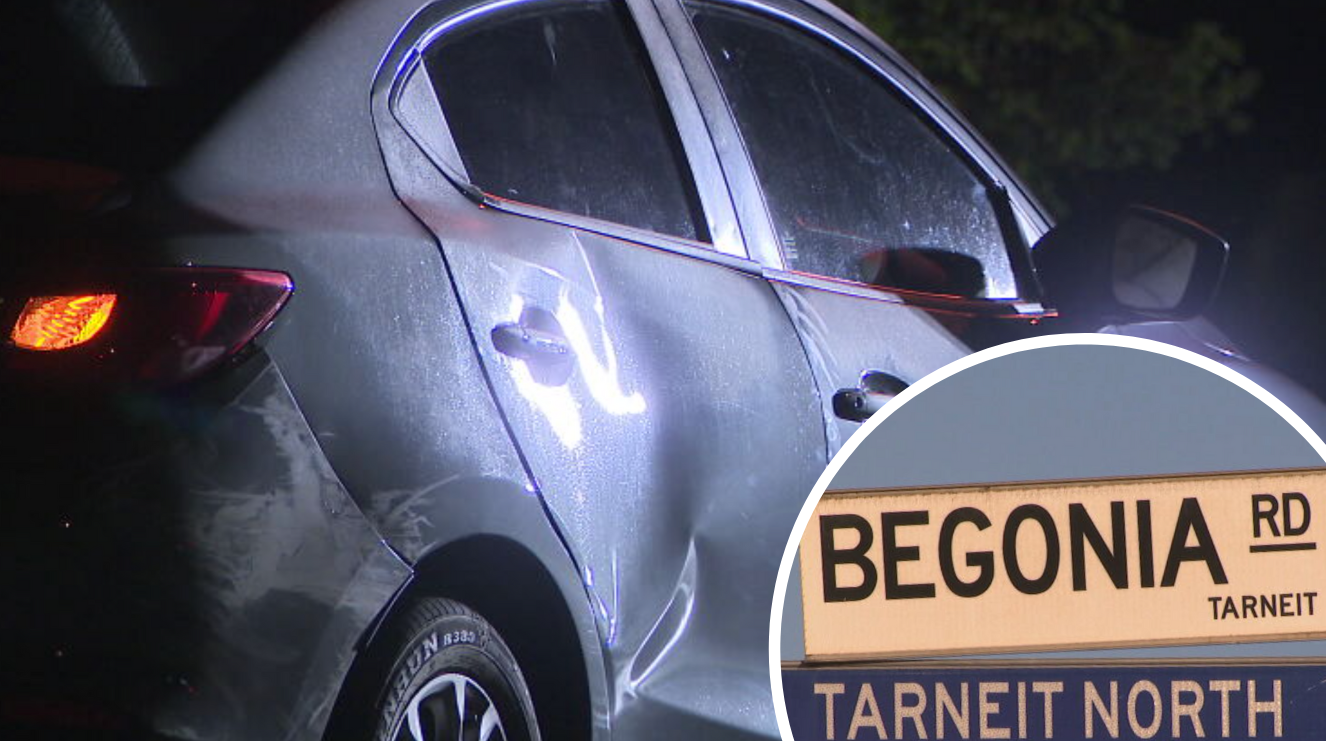 Father-of-two critically injured in suspected road rage incident
Father-of-two critically injured in suspected road rage incident
 Melania Trump threatens to sue Hunter Biden over Epstein claim
Melania Trump threatens to sue Hunter Biden over Epstein claim
 Former footballer sentenced over crash that killed partner, seriously injured woman
Former footballer sentenced over crash that killed partner, seriously injured woman
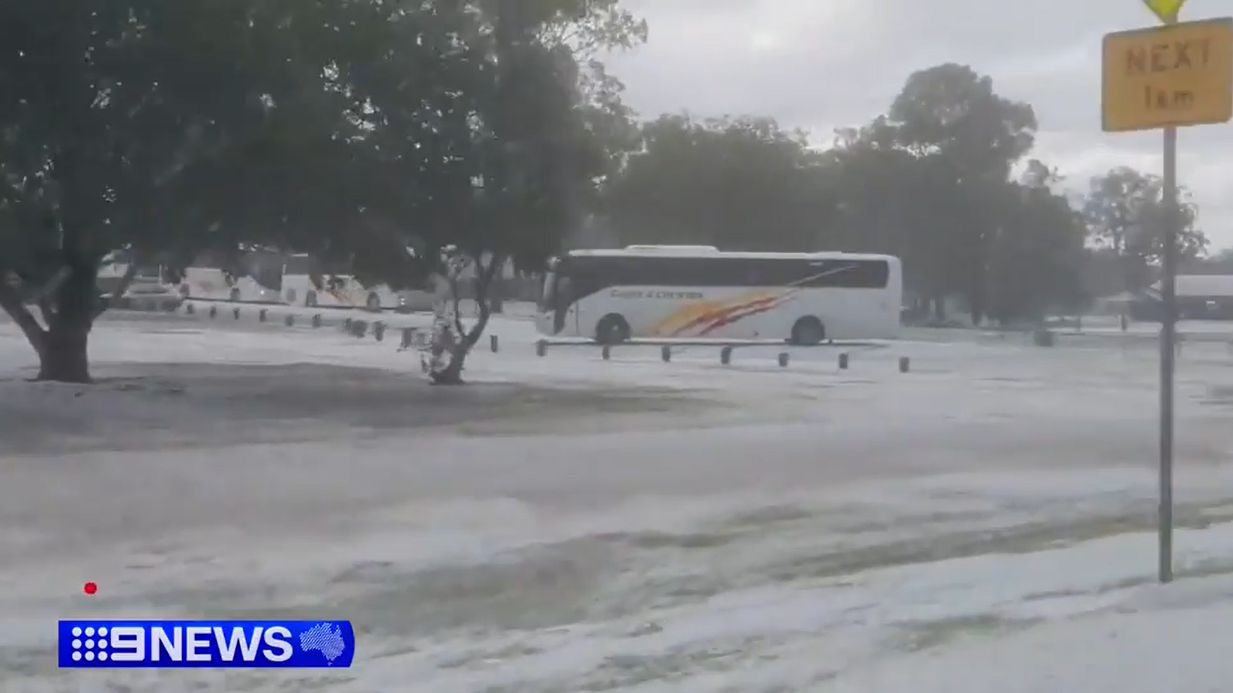 Hail storms unleash snow-like conditions in Queensland
Hail storms unleash snow-like conditions in Queensland
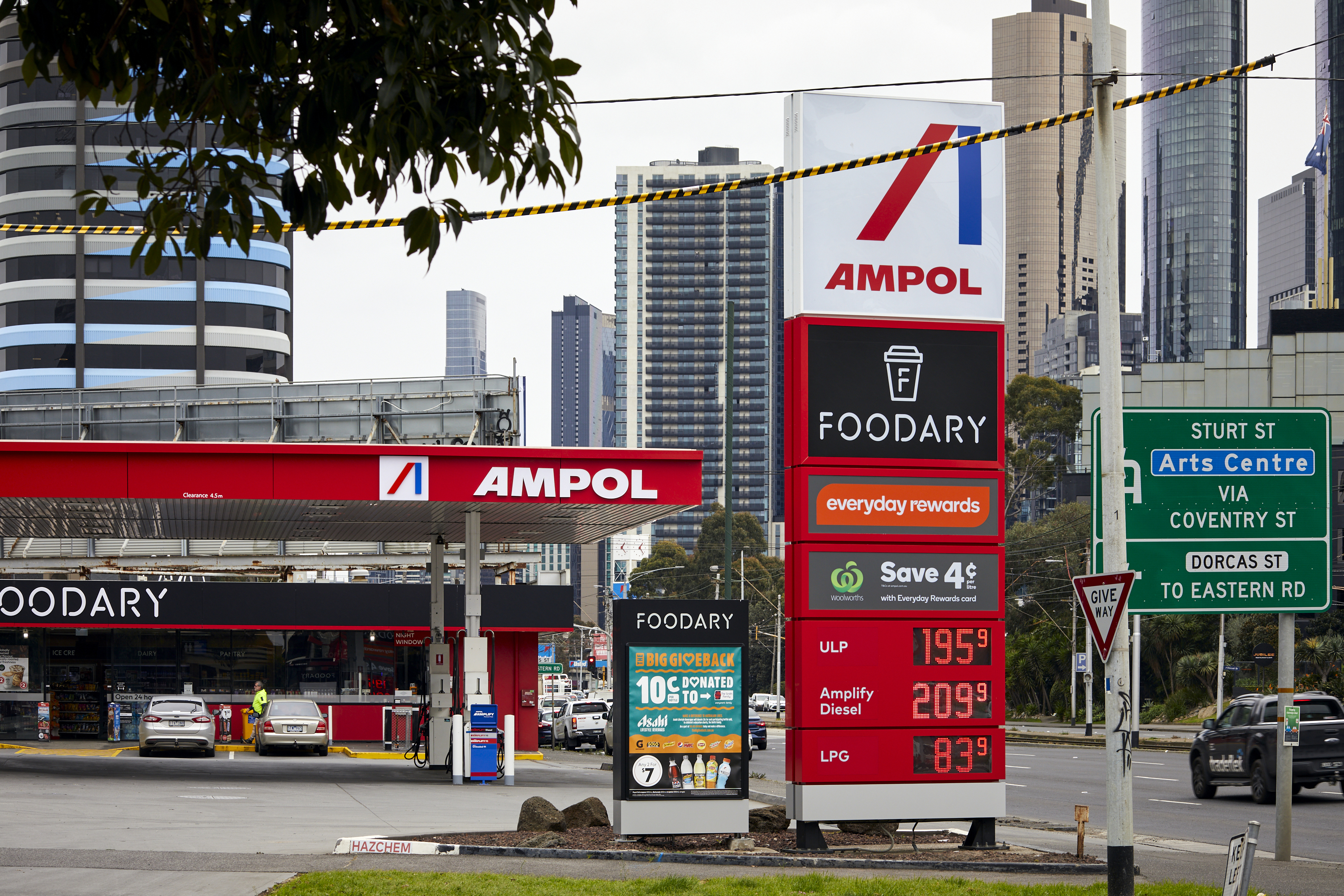 Popular Aussie servos set for $1.1 billion takeover
Popular Aussie servos set for $1.1 billion takeover
 No world leaders allowed: Albanese reveals new details about wedding
No world leaders allowed: Albanese reveals new details about wedding
 Aussie mums ditching 'traditional' jobs for booming side hustle
Aussie mums ditching 'traditional' jobs for booming side hustle
 Why Britain's foreign minister could be fined for fishing with the US vice president
Why Britain's foreign minister could be fined for fishing with the US vice president
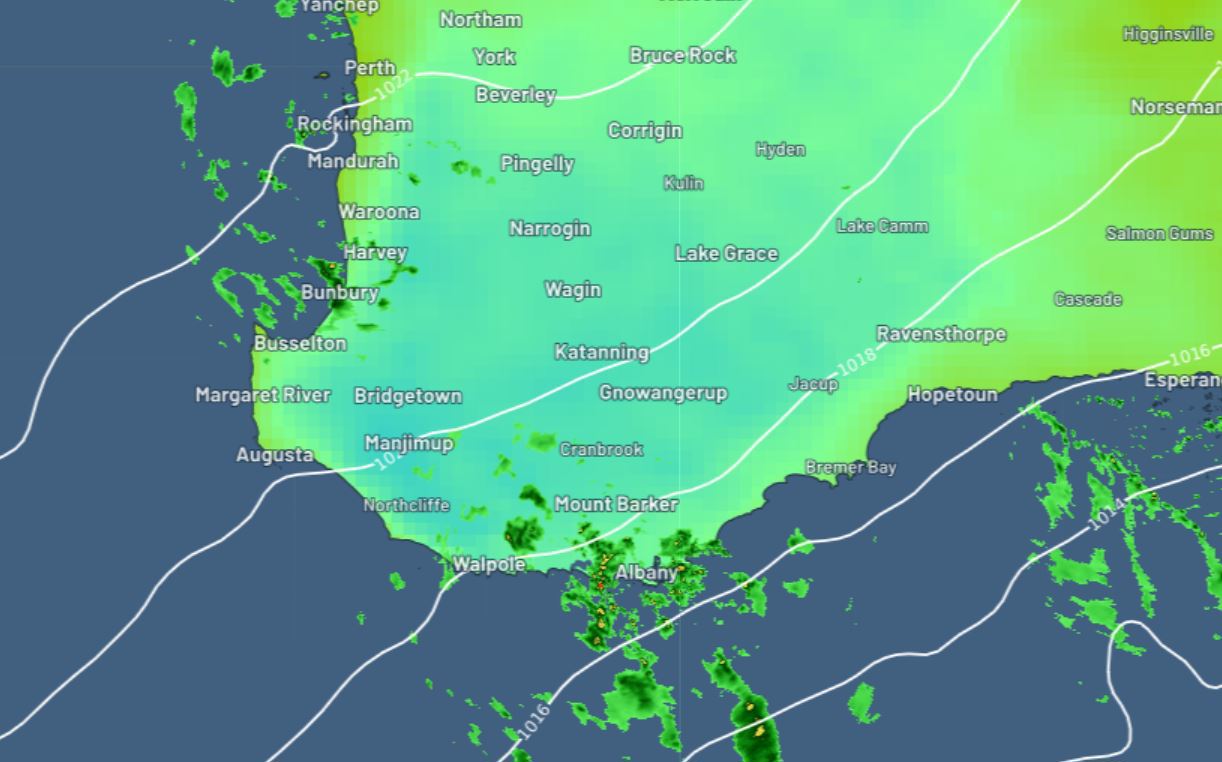 Wet winter in Aussie capital forecast to break almost 30-year record
Wet winter in Aussie capital forecast to break almost 30-year record
 Taylor Swift reveals the image millions of people have been waiting for
Taylor Swift reveals the image millions of people have been waiting for
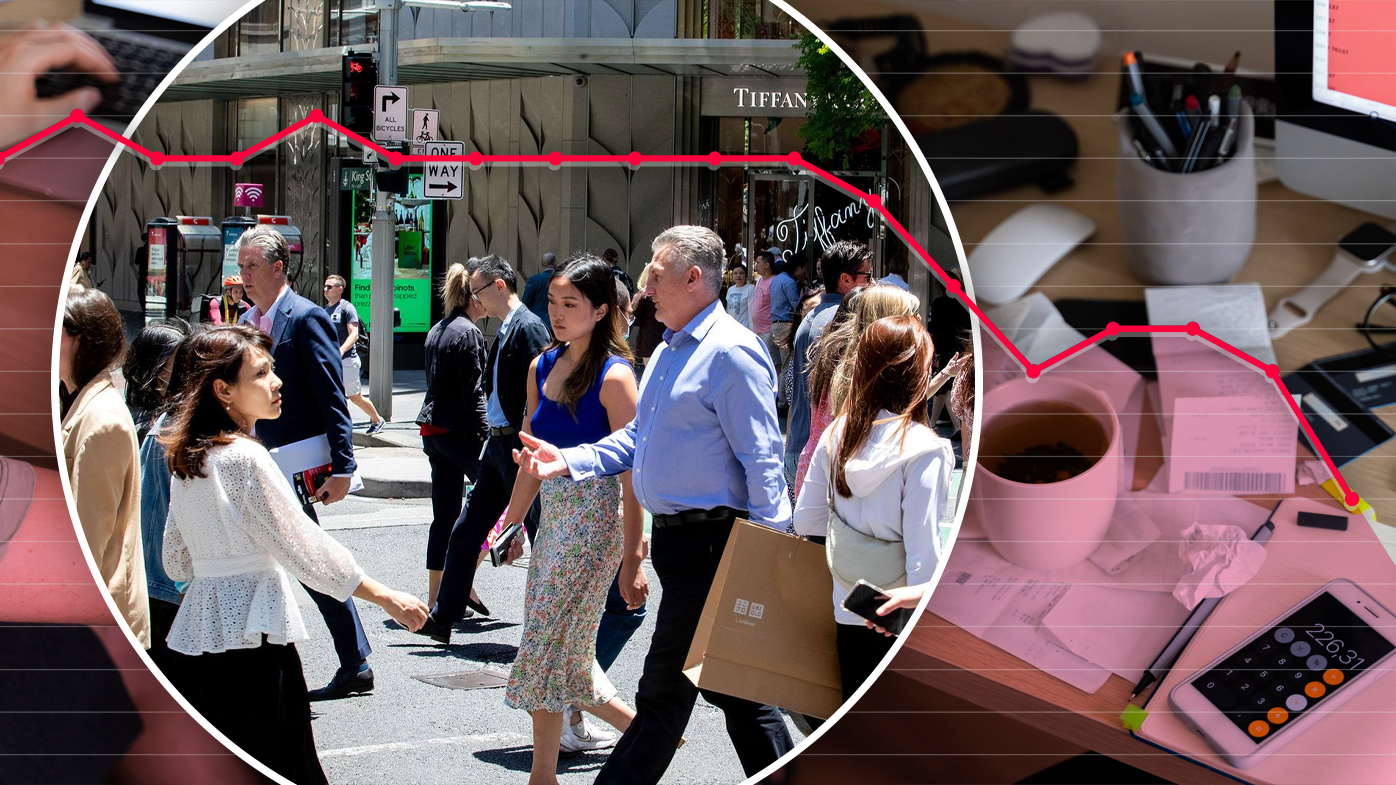 The crucial factor that could soon cost every Aussie $14,000 a year
The crucial factor that could soon cost every Aussie $14,000 a year
 Australia's favourite supermarket crowned as shopping costs surge
Australia's favourite supermarket crowned as shopping costs surge


